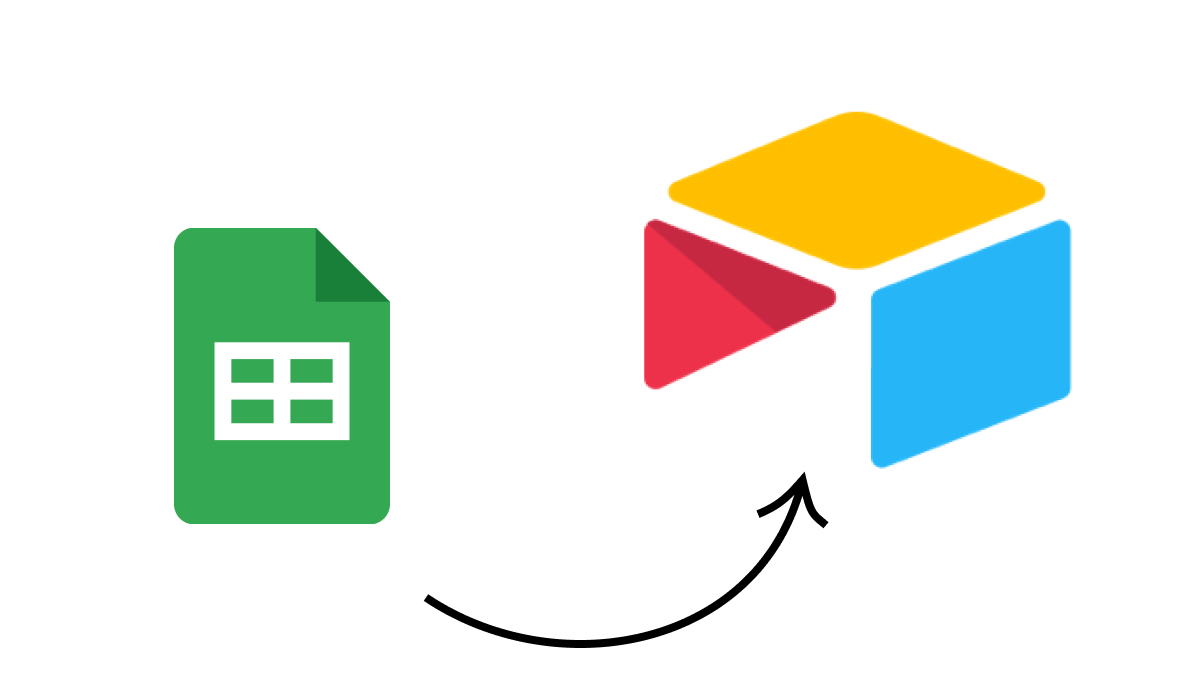Transforming Process into an Asset with Automation and Documentation
Selling a small business can be difficult, particularly when you're a services company. In this post, we'll explain how documented automation makes things easier by transforming your processes into a tangible asset that you can show to prospective buyers or investors.
September 3, 2021

Selling your small business can be a challenge, particularly when you’re a service-oriented company. When your company is built on process rather than product, it can be hard to find a way to sell the ideas and procedures that have made your business a success.
If you’re the owner or founder of an SMB and you’re looking to sell your company, you should consider how automation can transform your processes into a more tangible asset and make your business more appealing to potential buyers.
In this post, we’ll show you how automated workflows and an accompanying Process Playbook can become a valuable tool for anyone seeking to sell their company.
What Buyers Want to See in a Company
While there are many different potential motivations that can drive acquisition, let’s focus on buyers who intend to keep running the company that they acquire.
Ultimately, the new owner will want to replicate the success that you’ve had while running the company. They’ll want to move in some of their own staff and pick up right where you left off with your customers or clients, selling the same things and bringing in the same revenue.
How can you convince a prospective buyer that they’ll have everything they need after the ownership transition? How can you show them that you have the formula to success laid out and ready for them to follow?
One way to create a compelling and practical “business bible” is through workflow automation.
Workflow Automation
Workflow Automation is a method of identifying the robotic tasks in your company’s day-to-day work and partially or fully automating them.
At XRay, we’ve found that the most common robotic tasks in a modern office typically consist of simply moving data from one piece of software to another: filling in a report in one app with stats from another, logging a recent project update, or setting the status on a lead after a sales call.
Tasks that essentially amount to copying and pasting data are not worth your time or your team’s, and are the first tasks that we automate with our members. Automating those tasks creates more time and better prepares you for the work that really is worthy of your attention.
When your new leads are mostly handled through automated, templated emails, that gives your sales team more time to interact with the fringe cases, and more time to prepare for the particularly important details.
Automations are a great asset for your business to have when you’re hoping for a liquidity event, as the new owner can assume control of the automations just as they would with a proprietary app or website.
But to really make the case for continuity (and to get the most out of your automations while you’re still in charge), you’ll want to have each automation documented in a Process Playbook.
The Process Playbook: a Guide to Repeatable Success
A Process Playbook is a set of documentation that explains how to accurately and consistently execute any process that you regularly conduct at your business.
Whenever we build an automation for our members or for our internal use, we create another page in the Process Playbook to reflect it. Each page explains what the automation is for, how to use it, where to find any relevant resources, and what manual steps need to take place before or after the automation happens.
As we build more automations for a member, their Playbook essentially becomes a thorough user’s manual on how to operate their business. A document like that is extremely useful whenever you’re hiring new team members, and can be a great asset to show to any potential buyers.
If you think of your business and any staff who will stay on after the transition as the ingredients for success at your organization, then the Process Playbook is the recipe on how to put it all together.
Showing a prospective buyer just a few select pages from your Playbook will go a long way towards reassuring them that they’ll be able to replicate your actions even when you’re no longer the one steering the ship. It simplifies each process into an easily understood set of actions and information that they can put into practice and refine on their own as they get some experience.
Automating to Support Your Exit Strategy
Selling a company is never an easy thing. Finding a buyer, agreeing on terms, and handing off a business that you’ve devoted so much hard work to is a challenge for any entrepreneur.
Automating your workflows when you’re looking to sell your company might seem counterintuitive, but with the right documentation, it’s actually a great way to package your processes as a valuable asset for prospective buyers.
If you want to know more about how automation can help SMBs at any stage in their lifecycle, check out our blog or our YouTube channel. You can also follow XRay on Twitter, Facebook, or LinkedIn.











